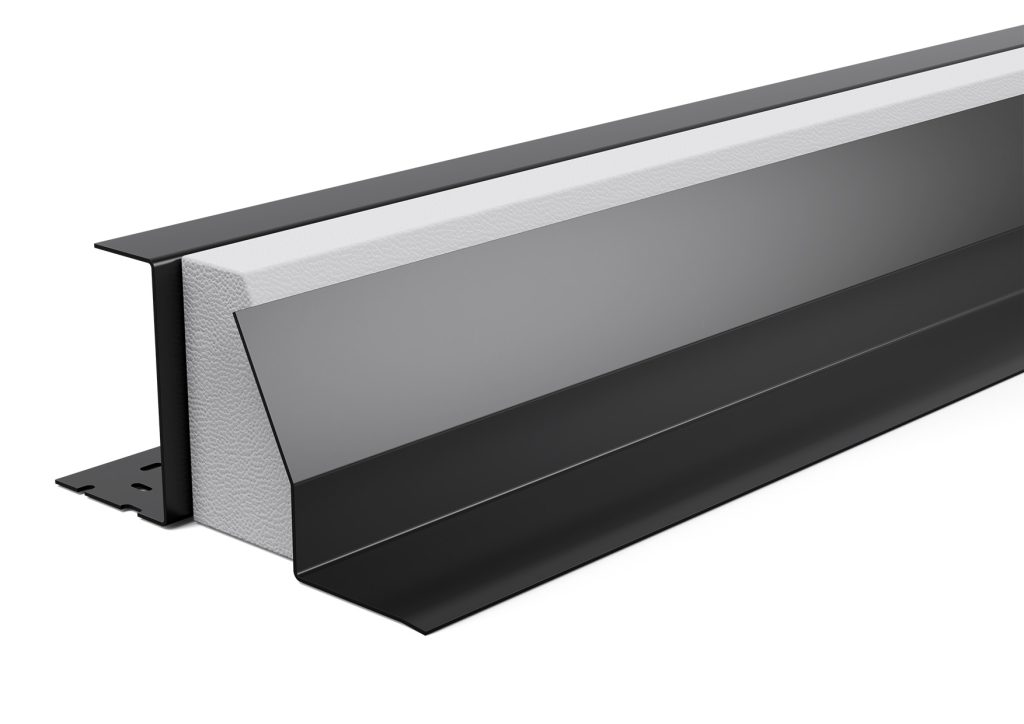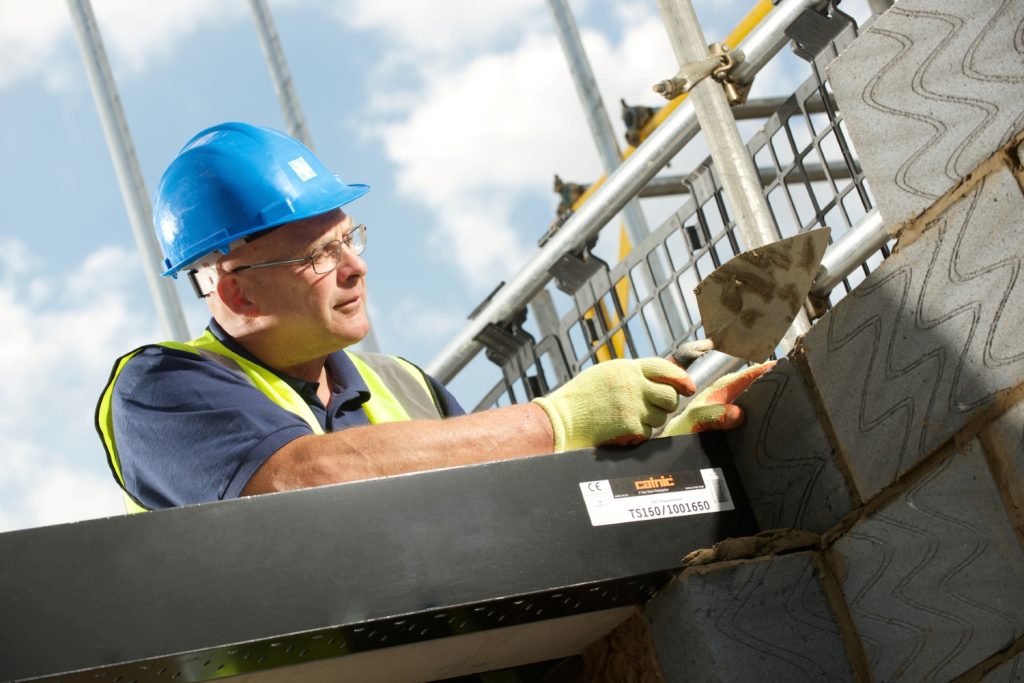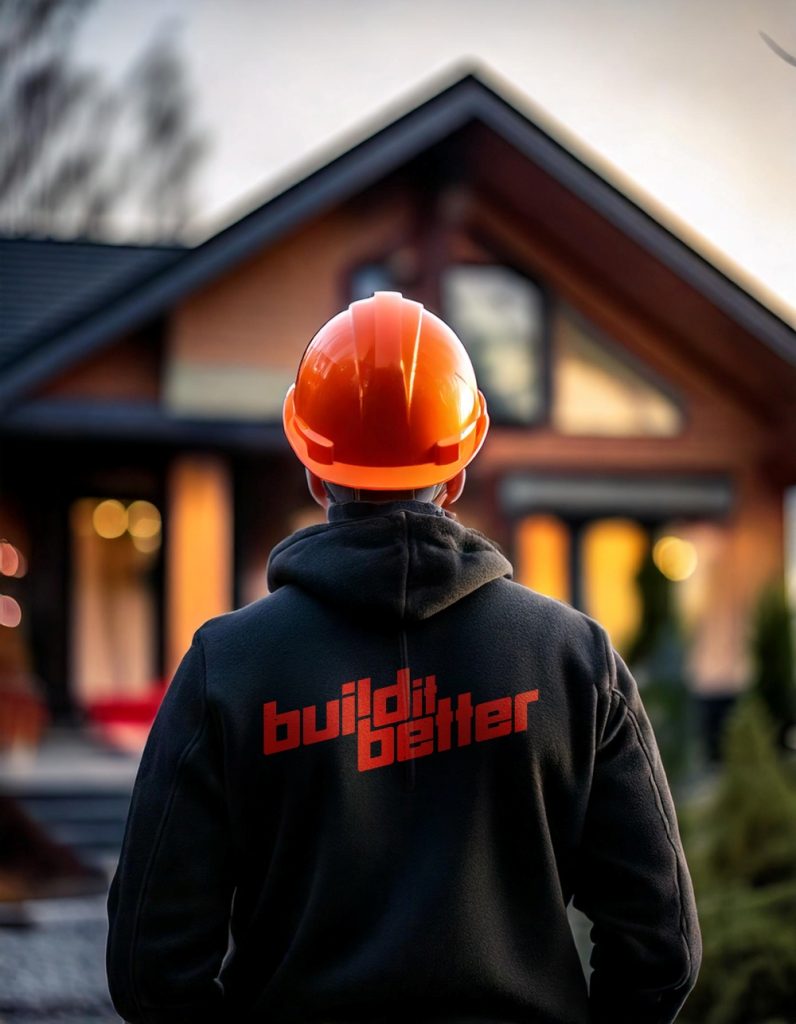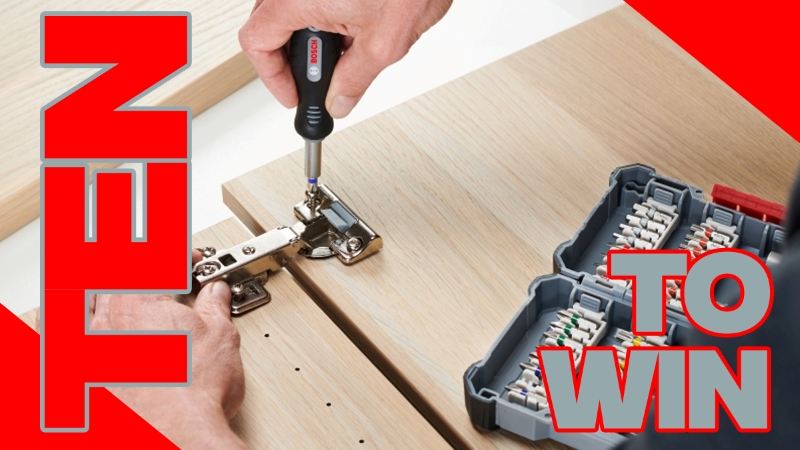Next up in our Build it Better series, Richard Price, Technical Director at Catnic looks at why more projects are featuring larger wall cavities of 150mm and above in an effort to meet increasingly stringent targets.

With net zero targets and the need to reduce the carbon footprint of new homes, energy efficiency requirements have been repeatedly tightened in recent years. This has meant that those designing and building new homes have had to strive to achieve a higher level of thermal performance. Minimising heat loss from the fabric is one of the most important considerations.
The notional building specification outlined in Part L of the Building Regulations in England and Wales sets a benchmark for the performance of new dwellings with U-values set for each element of the building. This does not need to be followed exactly as long as the building achieves the same or better performance in the Standard Assessment Procedure (SAP) calculations, providing a degree of flexibility.
However, the simplest way to achieve compliance with the regulations is to meet these U-values for each element. The most effective route to achieve the 0.18 W/m²K U-value for external walls in England is to increase the width of the wall cavity from the standard 100mm to 150mm, allowing a greater thickness of insulation to be installed to reduce heat loss. Similarly in Scotland, the wall U-value was lowered from 0.22 W/m²K to 0.17 W/m²K in 2023, meaning increased insulation levels are required here too.
In Wales, a 150mm cavity wall design is already the default. This is because the notional building specification in Part L in Wales sets a 0.13 W/m²K U-value with a maximum permitted U-value for this element of 0.18 W/m²K. This means the increased level of insulation that a 150mm cavity provides is necessary to achieve the targets.
While there are traditional lintels available for cavities of 150mm, it may be advisable to consider selecting a thermally broken lintel to minimise the potential heat loss at the window head, especially as the notional building specification assumes a thermally broken lintel will be used. In contrast to traditional lintels, where steel crosses the cavity, thermally broken versions are manufactured from two separate pieces of steel with an insulated core, eliminating any connection between the inner and outer leaf and therefore a thermal bridge. For example, the Catnic thermally broken lintel (TBL) is manufactured from two folded steel sections bonded to a high-strength, thermally efficient insulating core.

However, it is important to choose a thermally broken lintel that is truly thermally broken. Some products on the market sold as thermally broken contain steel brackets riveted to the inner and outer sections, or fasteners that bolt the inner and outer leaf together. These connecting elements allow heat to be transferred between the inner and outer leaf, which compromises the energy efficiency of the building.
In addition, some projects are aiming for even higher levels of thermal performance. We are seeing increasing demand for lintels for 175mm cavities, which allow even greater levels of insulation to be installed. Also, for the growing number of projects, especially highly environmentally conscious custom build homes aiming to be extremely low or even zero carbon, we are seeing cavity widths of 200mm or above. This is a requirement that Catnic can also cater to, with off-the-shelf TBLs for wall cavities up to 225mm.
Furthermore, it is important to look for lintels that have been independently tested and certified by organisations such as the British Board of Agrément (BBA) to confirm their performance on a range of criteria. Choosing a product that carries BBA certification gives professionals confidence that it will meet the required standards. This is not only important in terms of confirming the lintel’s structural loading performance and durability but also its thermal performance with regard to linear thermal transmittance values. At Catnic, we understand the value of this third-party testing and performance validation and that’s why we have invested heavily in securing BBA certification for our traditional and thermally broken lintel ranges.
Larger wall cavity widths are increasingly becoming the standard as an effective way of ensuring current building fabric performance requirements can be met. Through its wide range of BBA certified traditional and thermally broken lintels, as well as unrivalled technical support, Catnic can help professionals deliver the required energy efficiency performance for new homes.
To find out more about Catnic’s lintel range, visit www.catnic.com.
Competition time – Wear it Better

Each month we are giving you the chance to win a bundle of quality Catnic branded workwear and merchandise. This includes TuffStuff Elite Work Trousers, Elite body warmer and Snape Jacket as well as a Catnic Build it Better hoodie, baseball cap, beanie and golf umbrella. Ten runners up will win a Catnic hoodie.
To be in with a chance of winning, simply answer the following question:
One entry per person, multiple entries won’t increase winning chances.
Enjoyed this article? Give it a like to let us know and and we’ll share more content like this!













